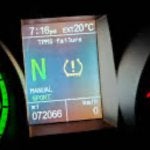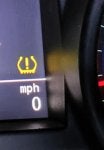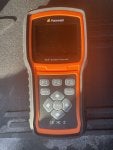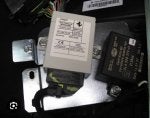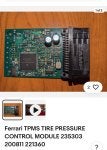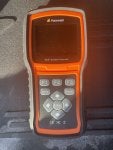I’ve read a lot on here about the temperamental German TPMS system that Ferrari used on the Quattroporte/Granturismo and from what I can tell some of the commentary is pretty confusing and some of it is absolute horse—-.
At any rate, from a 10,000 foot view there are 4 components in your system that can cause an issue: Sensors, Antennas, Wiring and a Control Module. Unfortunately, there is also a 5th potential issue with the overly sensitive nature of the logic.
That said, almost all issues are a result of only two of them:
1) Low Battery Sensors
2) Substantial Temperature Change
Note - The “Germans” love precision and this system is a classic example of that—the logic is so damn sensitive that any substantial temperature change can cause an issue (typically a cold weather/freezing temperature drop) and throw a diagnostic code.
Unfortunately, neither of these 2 issues can usually be resolved without at some points clearing the TPMS diagnostic code. The calibration button will not clear a stored code on its own.
Again, if you see a warning indicating “TPMS Failure” you are done. Clear the code. Note - this doesn’t apply to a “small symbol” in the right hand corner of the display which may appear during calibration—and, after clearing the diagnostic code. More on this in a second.
At any rate, from a 10,000 foot view there are 4 components in your system that can cause an issue: Sensors, Antennas, Wiring and a Control Module. Unfortunately, there is also a 5th potential issue with the overly sensitive nature of the logic.
That said, almost all issues are a result of only two of them:
1) Low Battery Sensors
2) Substantial Temperature Change
Note - The “Germans” love precision and this system is a classic example of that—the logic is so damn sensitive that any substantial temperature change can cause an issue (typically a cold weather/freezing temperature drop) and throw a diagnostic code.
Unfortunately, neither of these 2 issues can usually be resolved without at some points clearing the TPMS diagnostic code. The calibration button will not clear a stored code on its own.
Again, if you see a warning indicating “TPMS Failure” you are done. Clear the code. Note - this doesn’t apply to a “small symbol” in the right hand corner of the display which may appear during calibration—and, after clearing the diagnostic code. More on this in a second.


